Although many of us realize that we need to remove excess moisture from our house environments, we are sometimes not able to do so effectively or not afford to buy or run a good dehumidifier. In this post, we look at some ways air moisture may be reduced using alternate ways.
One of the easiest and natural ways to dehumidify the indoor environment of a house is by ensuring good ventilation. A well-ventilated house seldom has excess moisture. Many sources of humidity are present indoors. Even our bodies contribute to increased moisture levels inside a house. Preparation and consumption of food and hot beverages are other contributing factors. If we keep our houses ventilated enough, the excess air moisture keeps on getting replaced by fresh air. Fresh air also has other health benefits like maintaining healthy oxygen levels and reducing the risk of airborne contagious diseases.
Another easy and natural method is to make use of rock salt. Salt is one of the most water-absorbent natural substances. We can use rock salt inside our house safely as well. The idea is to use the rock salt in a way that air passes through it and water gets collected underneath. One possible application is to arrange for two buckets of roughly 5 gallons.
One bucket should be able to put on top of the other. The bottom bucket can serve as a collector for water whereas the top bucket can store the rock salt. Drill some holes around the side of the top bucket to increase the passage of air through the salt. Drill some holes under the top bucket for the water to flow down to the bottom bucket. The more rock salt you put in the top container, the more effective this apparatus will be at removing excess moisture from the environment. The rock salt will need to be replaced when it reaches its limit and stops removing water from the air.
There are also many smaller ways of reducing air moisture indoors. By themselves, they may only account for a little moisture reduction, but when done together, the difference and benefits can add up. If you have plants in the house, try to cover the exposed soil. After you water the plants, some water evaporates and becomes moisture. When the soil is covered, the water cannot evaporate and is used by the plant. Something as simple as taking short and less hot showers can have a noticeable effect on the indoor moisture levels. Hot showers produce steam, so the longer the duration of the warmer the temperature, the more steam is produced. Reducing the steam produced will obviously reduce the moisture levels. Steam extractor fans can help a lot in getting rid of the shower stream. When drying clothes, try to dry them outside the house. Hanging wet clothes indoors causes the humidity levels to increase as the water evaporates from the clothes and becomes moisture in the air. Clothes that dry in the fresh air also smell better than the ones that dry indoors.
These are some of the alternate ways you can reduce air moisture in your house. Of course, they might not be as effective as a dehumidifier, as a dehumidifier is a purpose-built device that uses energy to accelerate the process of removing moisture or humidity from the air. It’s an excellent way to improve the air quality for houses, but it comes at a cost. For most people, the benefits outweigh the cost and a dehumidifier is a great way to improve the quality of life. For some people, who either want to reduce their use of energy or if they are unable to afford to buy or running a dehumidifier, these were some of the alternate methods of improving air quality, reducing air moisture levels, and maintaining a healthy indoor environment.







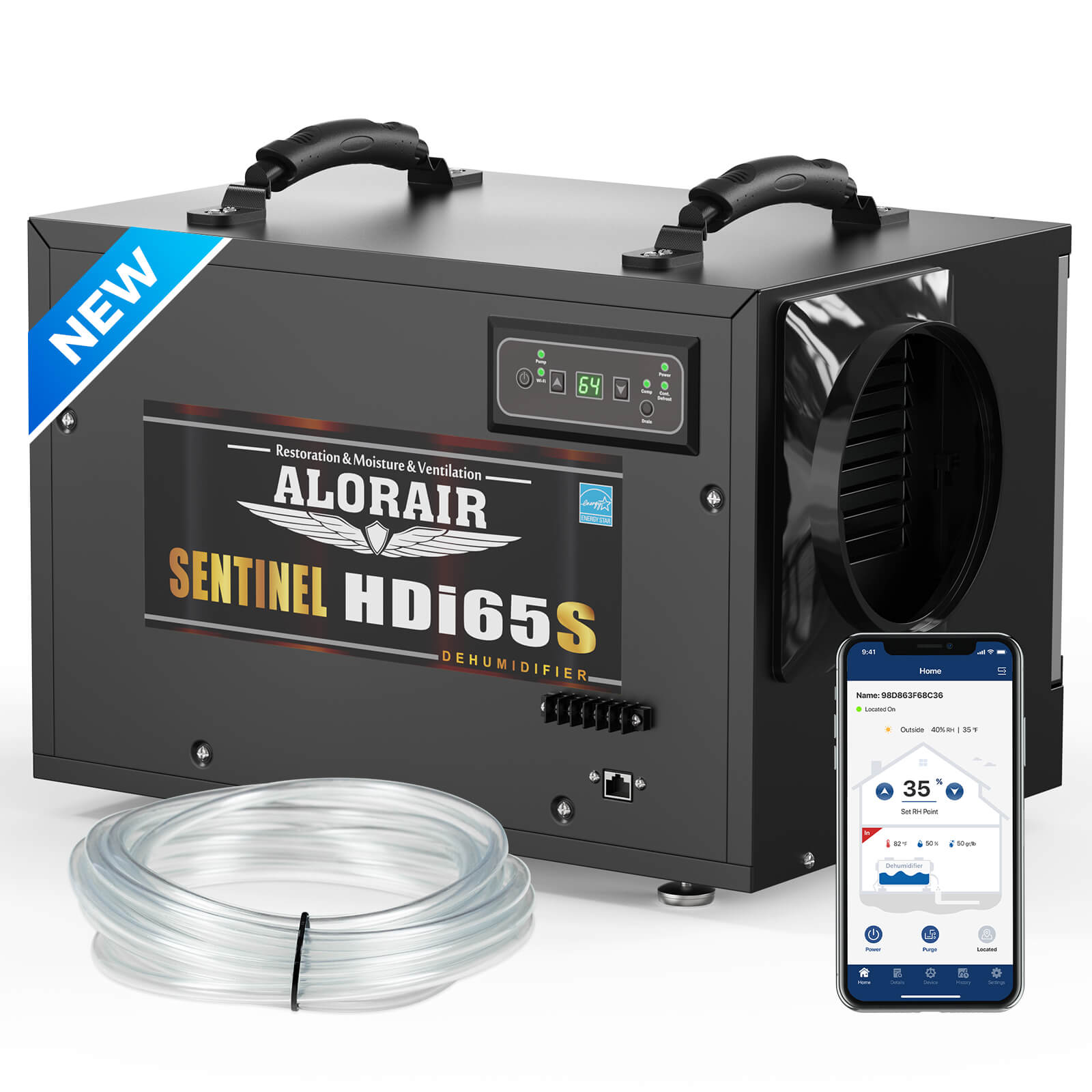
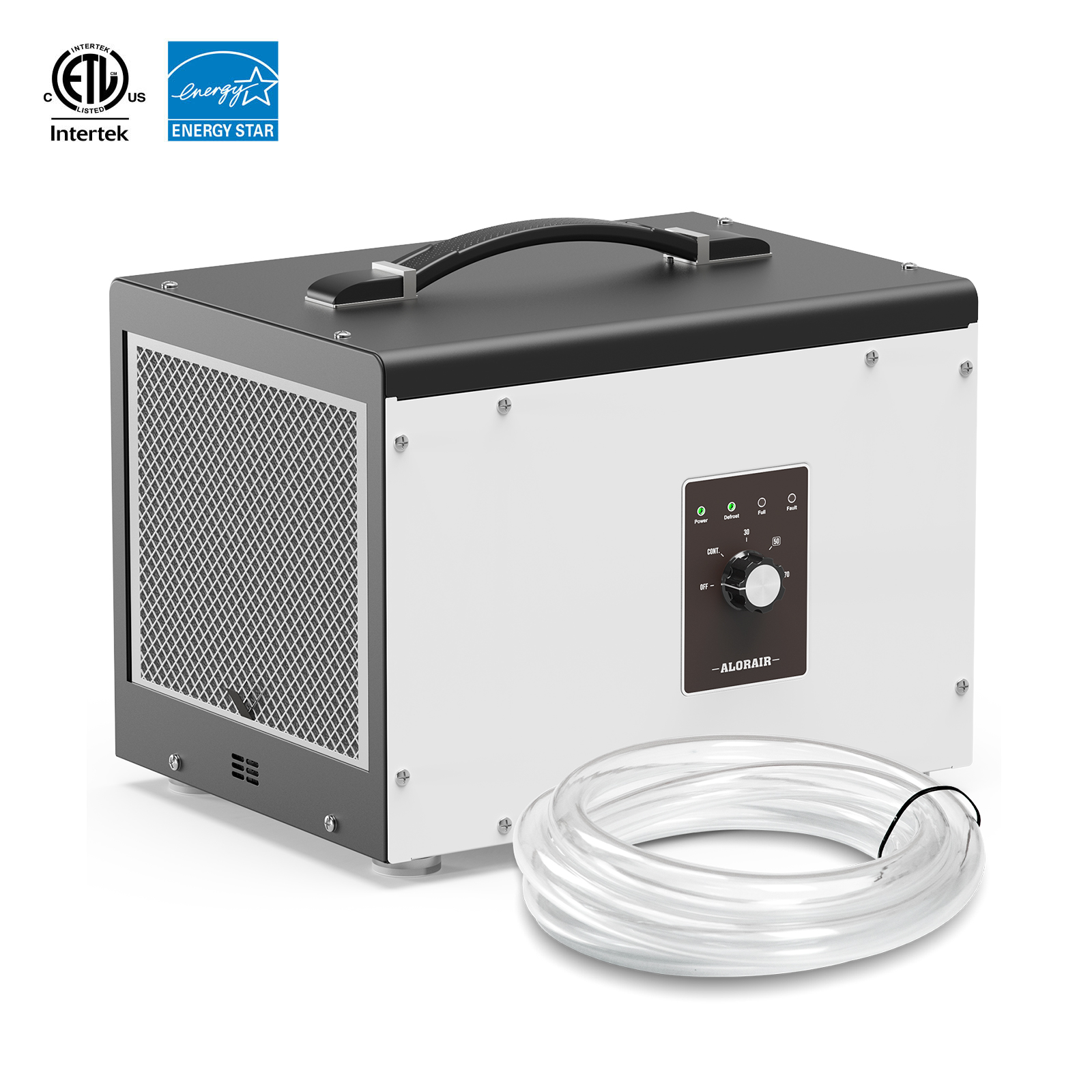
.jpg)
.jpg)

.jpg)

.HDi90.png)
.HD90.png)



.jpg)
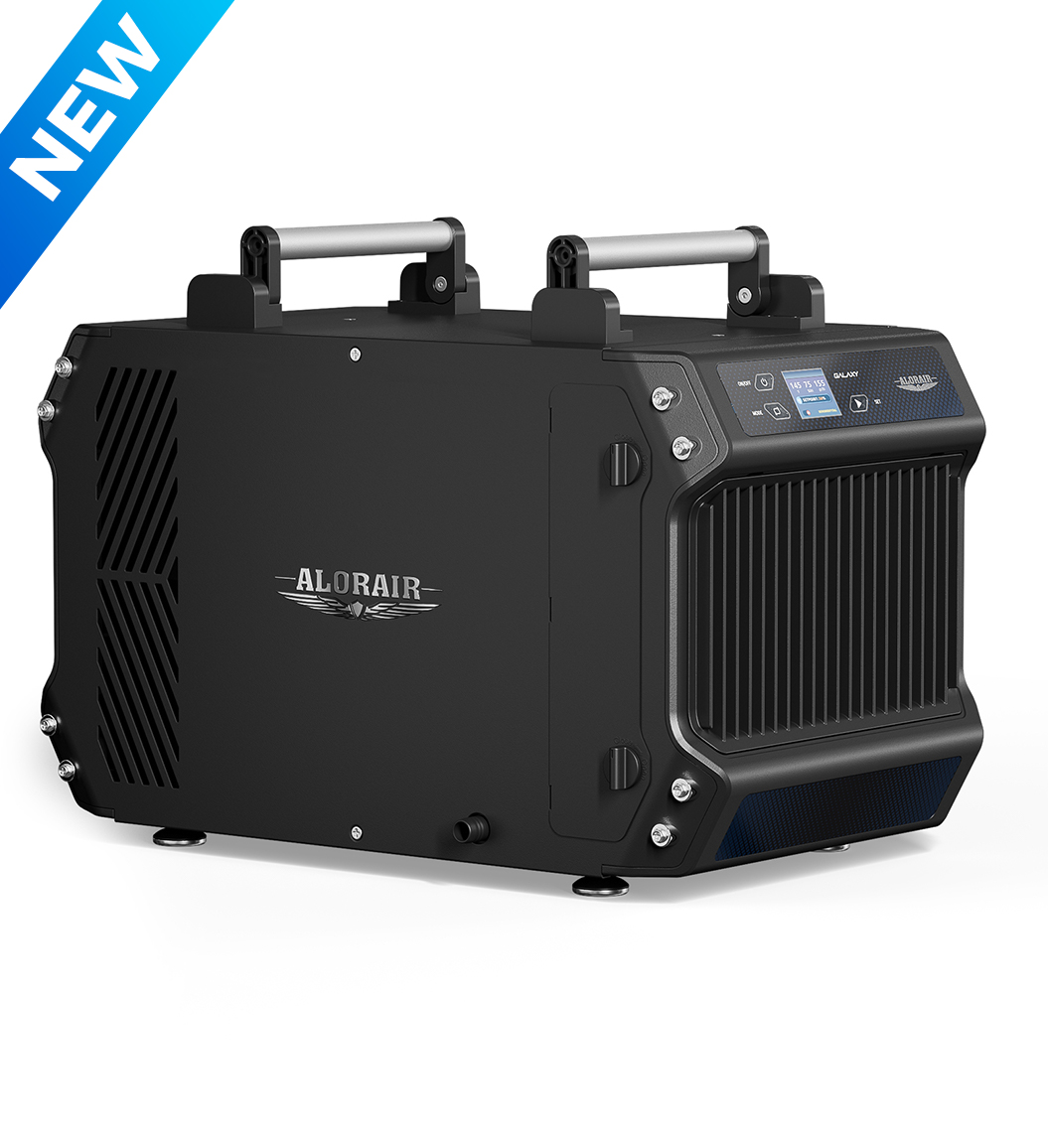
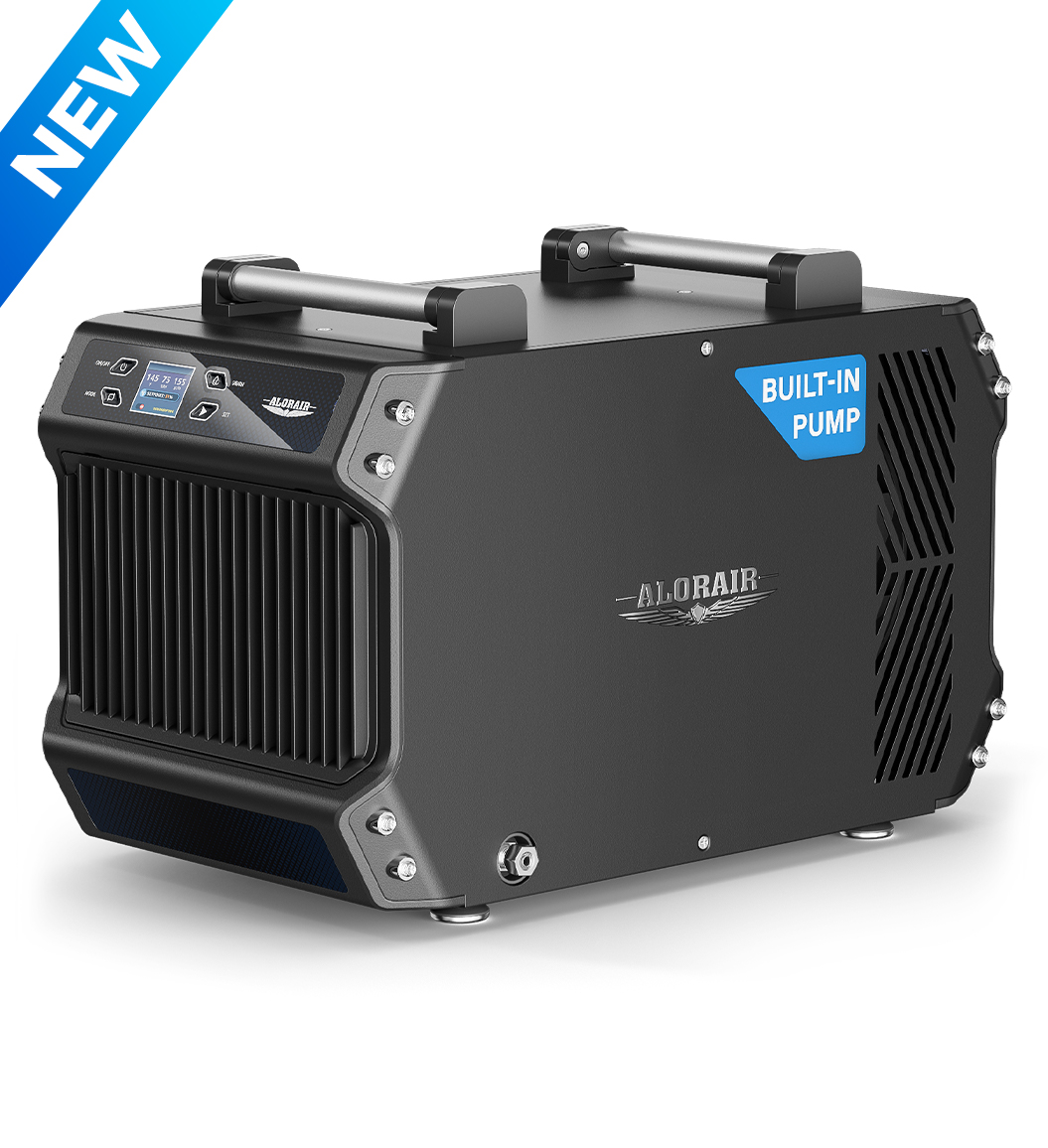




.jpg)
.jpg)
.jpg)
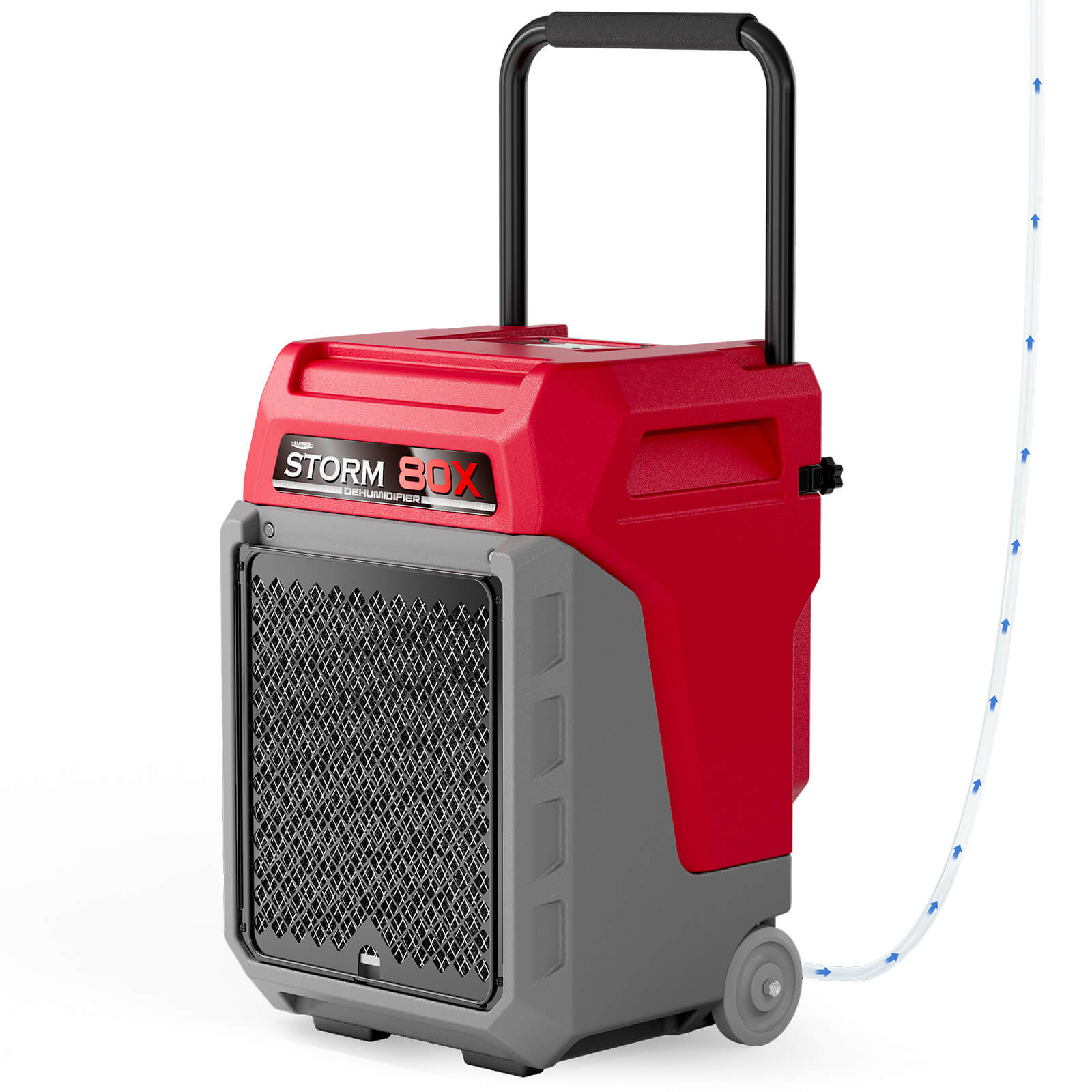


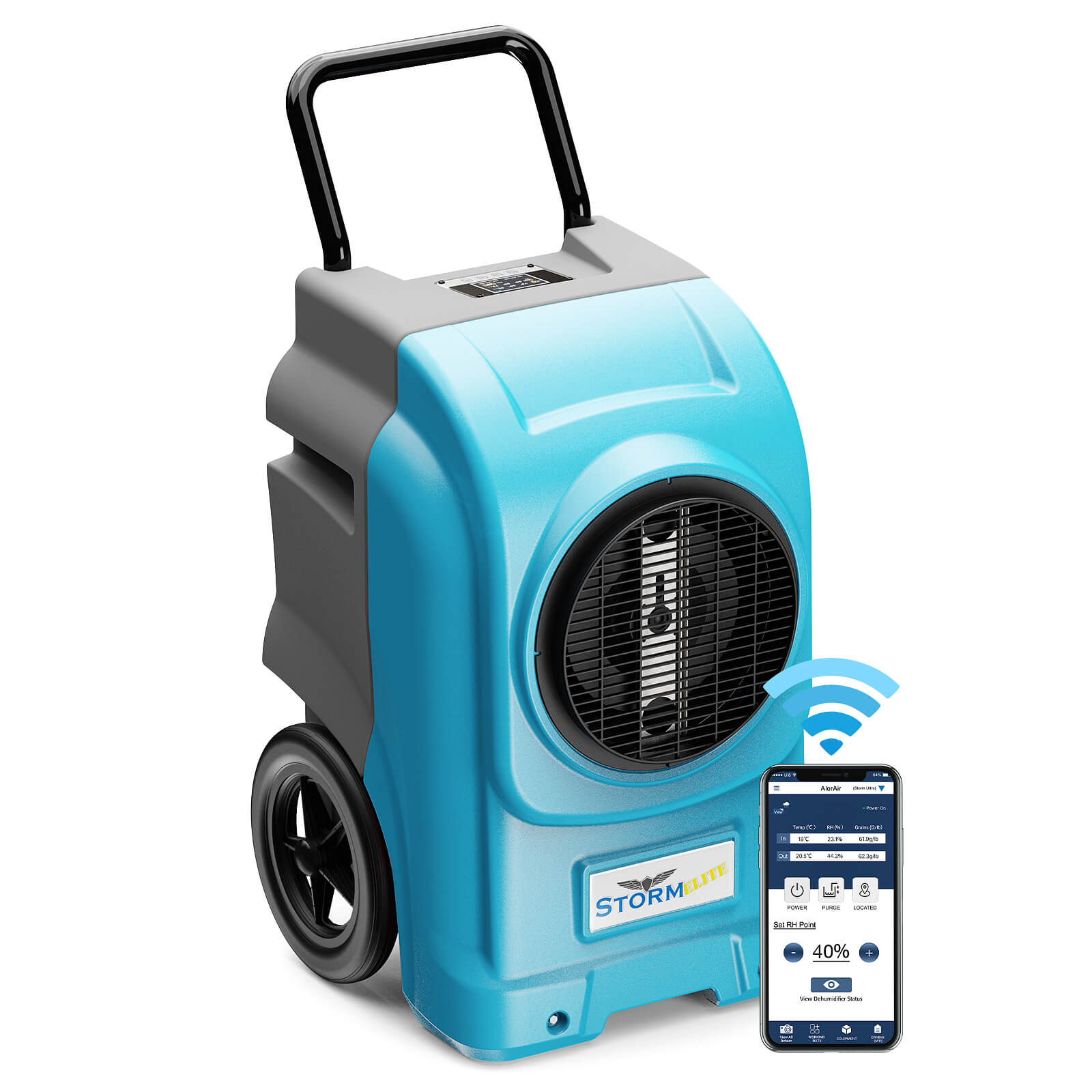

.jpg)
.jpg)

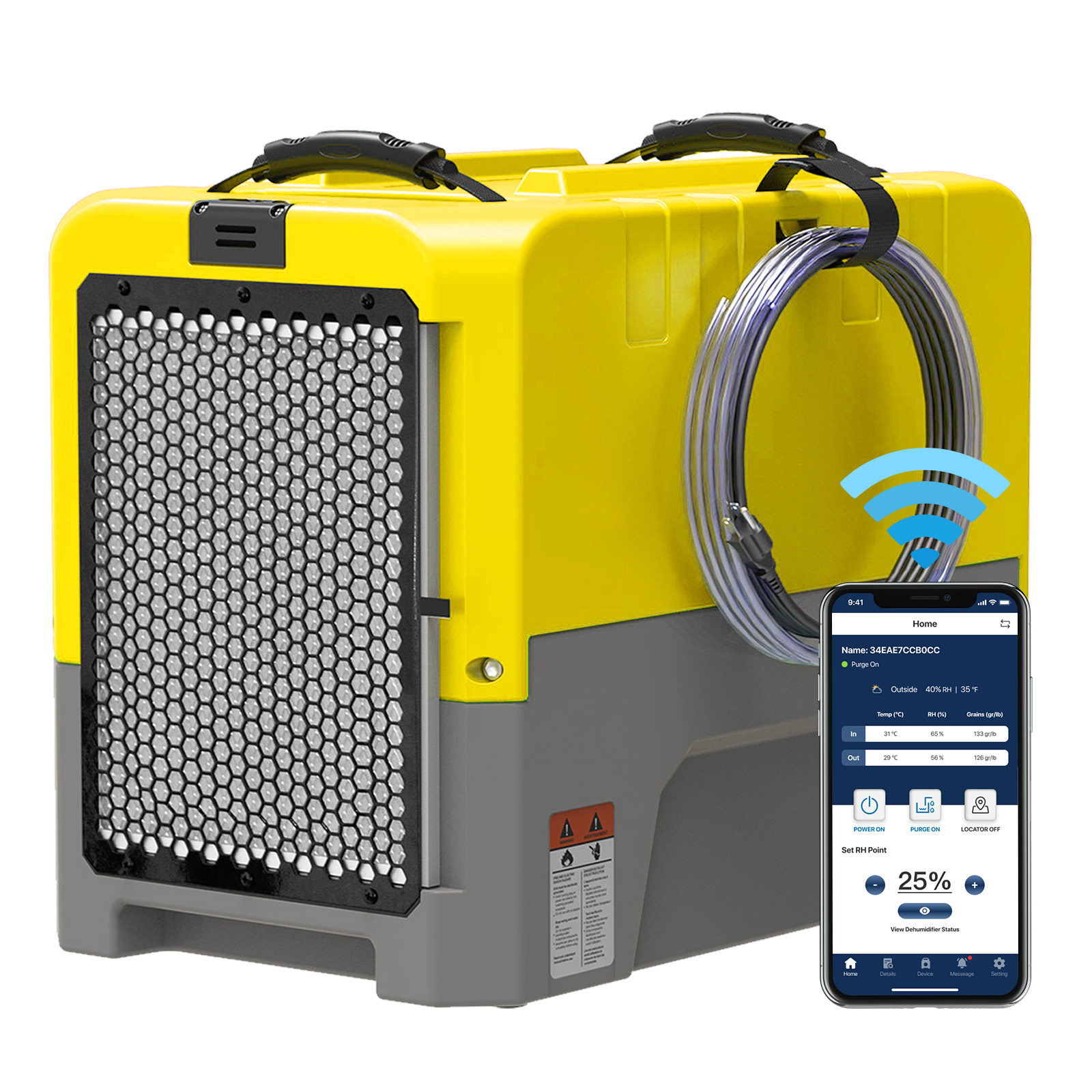








.jpg)
.jpg)








.jpg)
.jpg)










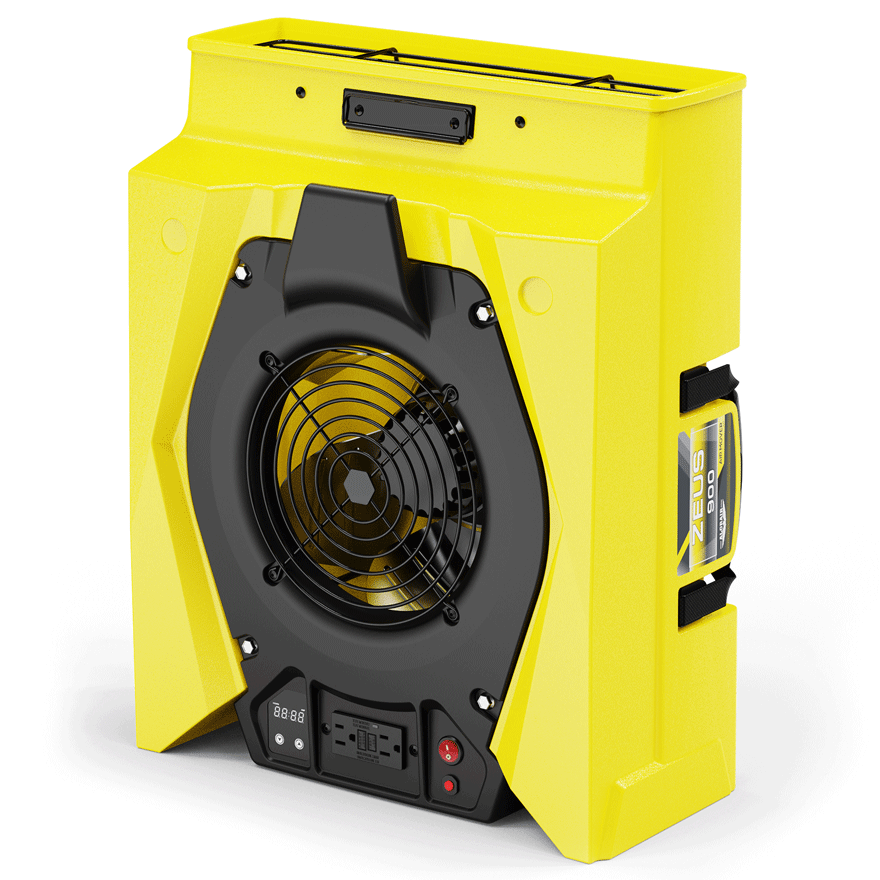
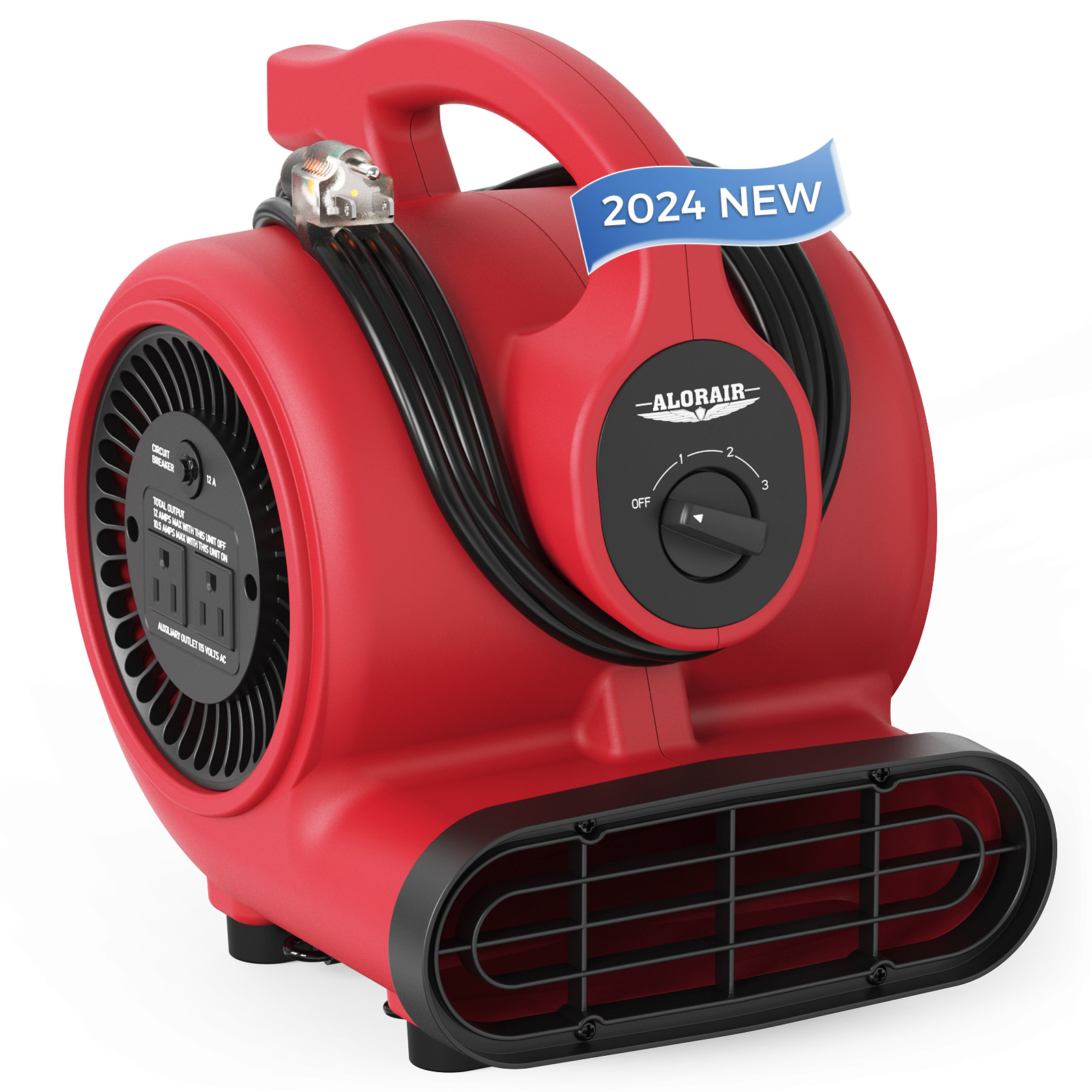
.jpg)
.jpg)
.jpg)
.jpg)
.jpg)
.jpg)
.jpg)
.jpg)
.jpg)
.jpg)
.jpg)
.jpg)
.jpg)
.jpg)





.jpg)
.jpg)
















-.jpg)
.jpg)

.jpg)
.jpg)



























 Exclusive offers
promotions
Exclusive offers
promotions

